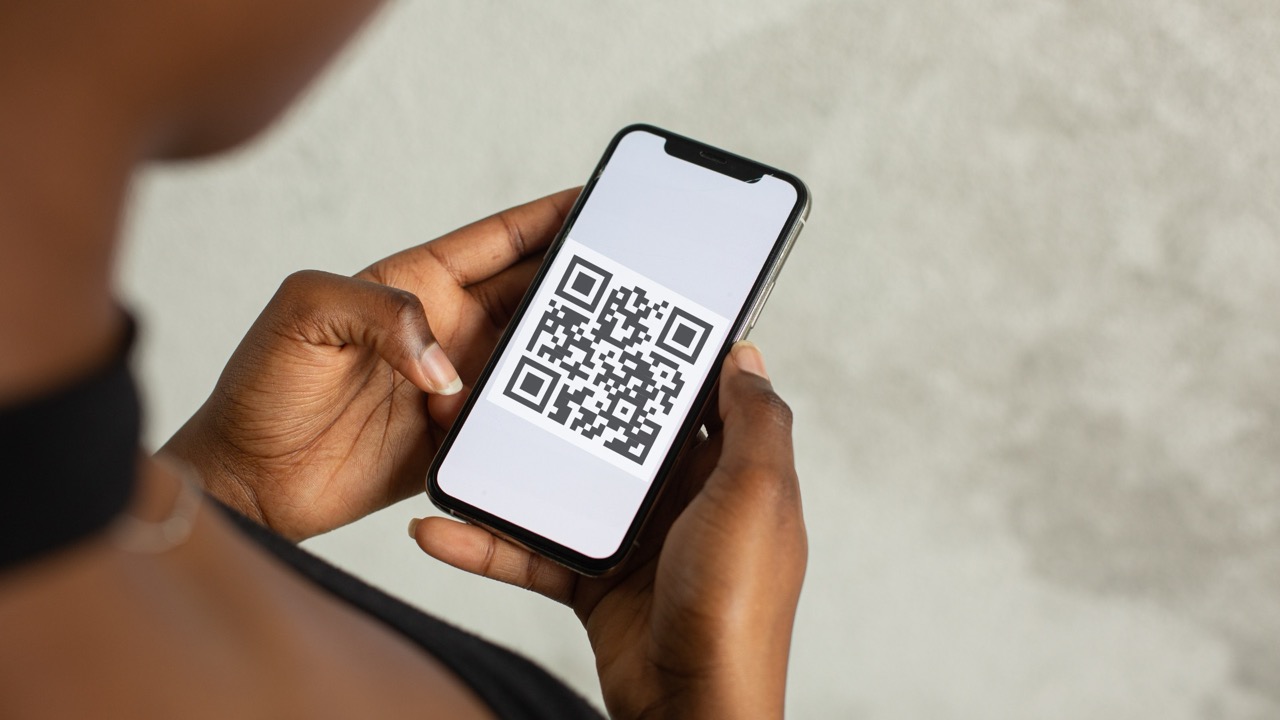Beware the Scan: How Cybercriminals Are Exploiting QR Codes in the Philippines

QR codes have become ubiquitous in the Philippines, offering a quick and convenient way to access information, make payments, and connect online. From restaurant menus to promotional offers, these little squares are everywhere. However, this convenience comes with a hidden danger: cybercriminals are increasingly exploiting QR codes to carry out malicious attacks. Understanding these risks and taking precautions is crucial for staying safe online.
The Rise of QR Code Scams
The simplicity of QR codes makes them an attractive tool for scammers. Unlike traditional URLs that can be inspected before clicking, QR codes instantly redirect you to a website or application. This lack of transparency allows criminals to mask malicious links, making it difficult for users to identify potential threats.
Common QR Code Cybercrime Tactics
Here's a breakdown of how cybercriminals are using QR codes to target Filipinos:
- Phishing Attacks: Scammers create QR codes that lead to fake login pages designed to steal usernames and passwords for banking, social media, or email accounts. These pages often look remarkably similar to the real thing, making it easy to fall victim.
- Malware Downloads: Scanning a malicious QR code can automatically download malware onto your device, potentially compromising your data, stealing personal information, or even taking control of your device.
- Payment Fraud: QR codes are frequently used for mobile payments. Cybercriminals can replace legitimate payment QR codes with their own, redirecting funds to their accounts. This is particularly dangerous in situations where you're quickly scanning a code without careful inspection.
- Unsafe Network Connections: Some QR codes might direct you to connect to a rogue Wi-Fi network. These networks are often unsecured and can be used to intercept your data.
Protecting Yourself from QR Code Threats
Fortunately, there are steps you can take to mitigate the risks associated with QR codes:
- Use a QR Code Scanner with Preview: Many modern smartphone QR code scanners offer a preview feature that displays the URL before redirecting you. Always check the URL to ensure it leads to a legitimate website.
- Verify the Source: Be cautious of QR codes from unknown or untrusted sources. If you're unsure, avoid scanning the code.
- Keep Your Device Secure: Ensure your device's operating system and security software are up-to-date. This includes having a reliable antivirus or anti-malware app installed.
- Be Wary of Suspicious QR Codes: Be particularly careful of QR codes found in public places, on flyers, or in unsolicited emails or messages.
- Double-Check Payment Details: If scanning a QR code for a payment, always double-check the recipient's details and the amount before confirming the transaction.
- Educate Yourself and Others: Spread awareness about QR code scams among your friends and family.
The Philippine Context
The rapid adoption of digital payments and online services in the Philippines makes the population particularly vulnerable to QR code-related cybercrime. As QR code usage continues to grow, it's essential to remain vigilant and prioritize online safety. The National Bureau of Investigation (NBI) and other law enforcement agencies are working to combat these scams, but individual awareness and caution are the first lines of defense.
Conclusion
QR codes offer undeniable convenience, but it's crucial to be aware of the potential risks. By taking simple precautions and staying informed, you can enjoy the benefits of QR code technology while protecting yourself from cybercriminals.






